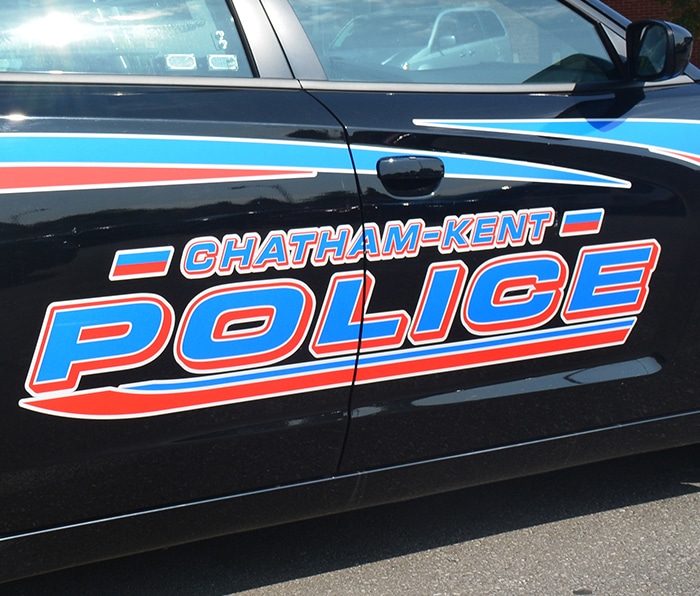
The provincial government recently announced it would seek a contractor to make safety improvements on Highway 401 between Merlin Road and Tilbury.
According to a provincial announcement last week, the Ontario government is “proceeding with an Expression of Interest to procure a contractor” to widen and install concrete median barriers on the first 11 km of the project between Tilbury and Merlin Road in Chatham-Kent.
“We are committed to making sure that our transportation system works for all Ontarians,” said Caroline Mulroney, Minister of Transportation, in the media release. “Ontario’s roads are among the safest in North America – and our government intends to keep it that way.”
Meanwhile, Alysson Storey, the main person behind the Build the Barrier movement, said she’ll believe that the improvements are going to be made only when construction starts.
“It is definitely good news, but they aren’t changing the plan. There is no timeline attached. That’s a primary concern,” she said. “We’re on our fifth minister (of transportation) and the second government in the past two and a half years working on it.”
The Build the Barrier effort began in 2017 after numerous serious accidents and several fatalities occurred along the 119-kilometre stretch of Hwy. 401, from Hwy. 4 in Lambeth to Queen’s Line in Tilbury, which has no concrete barrier to prevent vehicles from crossing the median and heading into oncoming traffic.
Sarah and Freya Payne were killed in August of 2017 when a tractor-trailer crossed the centre median and hit them head on. Storey knew them personally and took up the cause shortly thereafter.
The first phase of the improvement project, according to the province, involves widening 11 km of Hwy. 401 from four to six lanes, adding a new storm sewer system, making safety improvements, including the construction of the concrete median barrier.
“To announce a billion-dollar investment one year and be moving to get shovels in the ground within a year of the announcement is unheard of in government,” said Rick Nicholls, MPP for Chatham-Kent-Leamington. “It’s not a minute too soon and I look forward to ensuring the progress keeps moving at this pace.”
Building the concrete median barrier will help improve safety and reduce the likelihood of cross median collisions, the province said. Storey agrees.
“We don’t want the cheapest option. We want the safest option,” she said in a previous interview. “There shouldn’t be an argument.”
But until there are shovels in the ground, Storey vows to keep up the lobby effort.
“Without seeing confirmation of when this is happening, I’m always concerned this could change. We’ll continue to work to make this happen,” she said.
Storey understands the widening of the highway, installation of new storm sewers and the erection of the concrete barriers won’t come cheap.
“Obviously there are a lot of moving parts. It’s a very substantial infrastructure project. Anyone who has lived in this area for past few years remembers what it took to finish the Tilbury-to-Windsor stretch. It doesn’t happen overnight,” she said.
At the same time, Storey added, Mulroney has the power to expedite the approval process to help ensure the project takes place sooner rather than later.
She believes with the work done to the west, the province should have a solid starting point.
“You don’t have to start from scratch. We’re really hopeful she (Mulroney) will consider that option. The sooner this starts, the sooner the concrete barrier is up, the sooner lives will be saved,” Storey said. “Everyone knows what needs to be done, so let’s just get it done.”
In the meantime, Storey encourages citizens to continue to let their local MPPs know their thoughts on the issue, as she said they are paying attention.
Jeff Yurek, MPP for Elgin-Middlesex-London, said MPPs and the government are indeed listening.
“People’s safety on Ontario’s roads and highways, especially on Hwy. 401, is one of our government’s top priorities,” Yurek said. “Our government continues to take real action on our commitment to widen and install concrete barriers on this dangerous stretch of highway to make our roads safer for drivers and get people where they want to go across Southwestern Ontario faster.”





